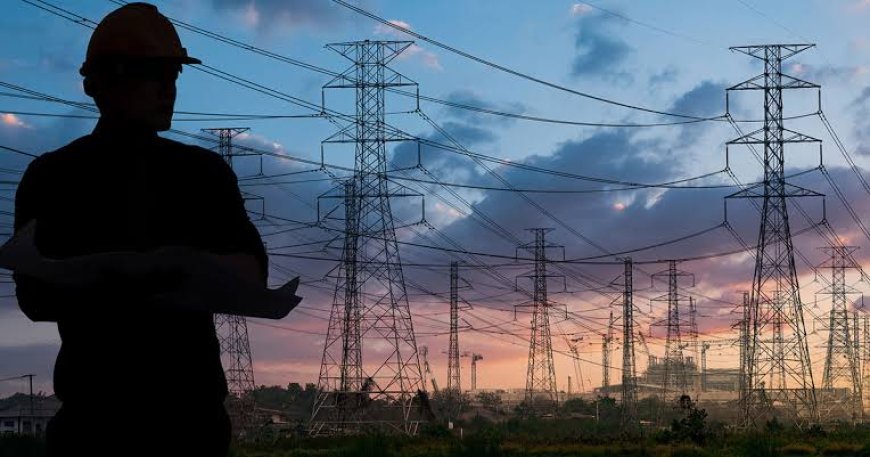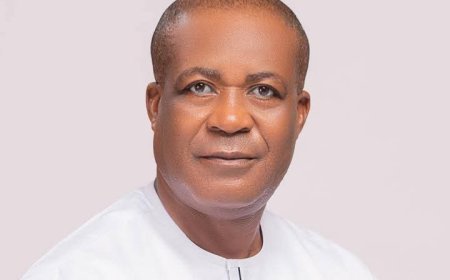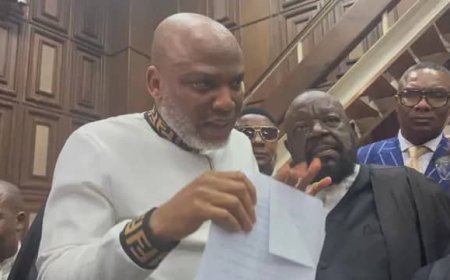ENDING THE COLLAPSE OF THE NATIONAL GRID: POWERING THE FUTURE

Anthony EKPO BASSEY
The collapse of the national power grid is not only an inconvenience, it is a national emergency in slow motion. Every time the grid fails, entire cities grind to a halt. Banks close early, hospitals switch to generators, factories sit idle, and digital businesses lose data and revenue by the minute. In a world driven by technology and time, power is no longer a luxury. It is the bloodstream of the modern economy.
The survival of businesses, big and small, hinges on consistent and reliable electricity. Manufacturers rely on powered machinery, retailers depend on digital payment systems, and remote workers need the internet, none of which function without electricity. In sectors like healthcare, the stakes are even higher. A few minutes of blackout can risk lives in operating rooms and emergency wards. Agriculture, once seen as low-tech, now depends on power for irrigation, cold storage, and processing. Without stable electricity, economic growth stalls, investor confidence drops, and job creation dries up.
To stop this slow-motion collapse, urgent reforms are needed. Investment in grid infrastructure must become a priority, with modernisation replacing patchwork repairs. Diversifying the energy mix with renewable sources like solar and wind can reduce overreliance on aged hydro or thermal plants. Localised mini-grids and energy storage solutions can ease the burden on central systems while providing resilient power to remote areas. Just as critical is regulatory reform, streamlining energy policies, cracking down on power theft, and ensuring electricity tariffs balance consumer protection with provider sustainability.
Ultimately, a stable power grid is the foundation of a thriving nation. Without it, we are building economies on sand. Ending the collapse of the grid is not merely about keeping the lights on, it is about keeping the country alive and competitive in a rapidly electrifying world.














































